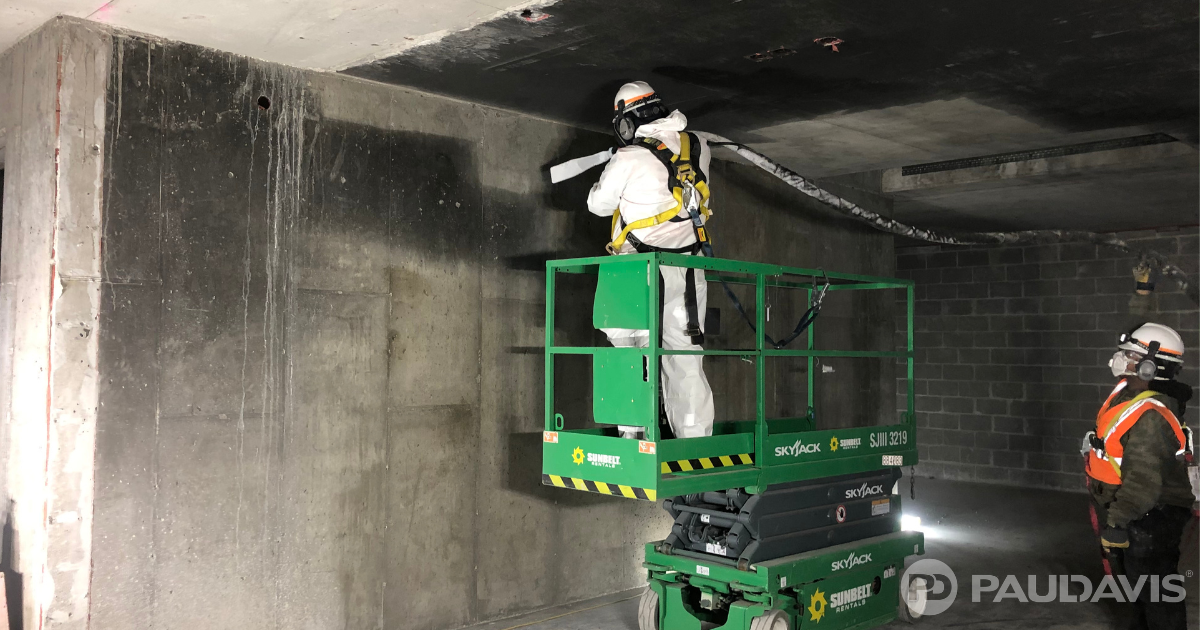
“Commercial fires are less common than residential fires but far more destructive and costly for several reasons,” explains Kevin Lethers, President of Paul Davis of Polk County, Florida. “Non-residential structures are larger and contain more expensive building materials. Their contents are greater in density and higher in value because they usually comprise inventory, equipment and electronics. Add business disruption to this list of adverse effects and many commercial entities never recover from a blaze.”
If you are a commercial property owner or manager, October 8th through October 14th is Fire Prevention Week this year in Canada and a great time to freshen up on your fire prevention knowledge, Lethers urges. Here are the top five reasons these disasters start and smart precautionary steps to combat the risks.
- Cooking. Restaurant kitchens are the most common source of fires in commercial structures. Many start small – and remain undetected for some time, allowing them to grow rapidly - in areas that haven’t been properly cleaned and aren’t easily reached by fire-fighting equipment. Smart prevention: schedule professional maintenance for ovens, cooktops, grease traps, exhaust systems and hoods.
- Improper storage. Many non-residential fires take hold in less-frequented areas like outbuildings, storage areas and warehouses, where they smolder unnoticed until raging out of control. Smart prevention: store items carefully, keeping flammable items away from heat sources, including soaring summer heat in areas without air-conditioning.
- Smoking. Several famous fires in history began with a carelessly discarded cigarette, another item that can quietly smolder undetected. Smart prevention: establish and enforce strict smoking rules in your commercial property. Provide safe disposal containers for smoking materials and empty them regularly.
- Arson. About one in 10 commercial fires stem from arson, but these are the most damaging and injurious to buildings and people. Smart prevention: Maintain good building security with abundant external lighting. Regularly inspect and maintain fire safety systems like fire alarms, sprinklers, smoke detectors and fire extinguishers. Don’t forget passive containment systems like fire doors, fire-resistant building materials and furnishings.
- Heating and Electrical. As businesses expand and property use changes, building systems must be modified to accommodate those. Unfortunately, occupants frequently make do with space heaters, extension cords, overloaded circuits and the like. Smart prevention: Regularly maintain and inspect systems. Follow applicable electrical codes, too. Many of these rules have been instituted because lives were lost without them.
“Finally, protect your most valuable resource, your people,” Lethers advises. “Conduct fire drills. Clearly post escape routes, as you see in hotel rooms. Studies show that most people try to escape fires by the same route they entered the building, even though nearer exits are available.”
Assistance with fire prevention inspections can be requested of many Paul Davis businesses. However, in spite of your best efforts, should a fire, small or large, devastate your commercial property, Paul Davis promises to respond to a call for help in four hours or less.
